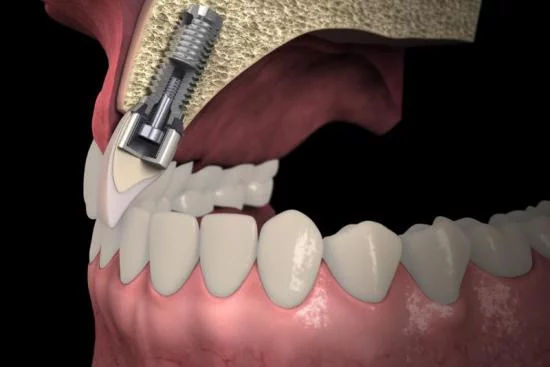For some patients with missing teeth in the back of the upper jaw, a sinus lift is a necessary step before dental implants can be placed.
A lack of bone in this area can compromise implant stability. That's why a sinus lift creates additional bone by raising the floor of the maxillary sinus, providing solid support for implants.
Sinus lift in Turkey: Prices & best dentists
Take advantage of a free online consultation with our highly trained and experienced dental professionals. They'll take the time to understand your needs and recommend a personalized treatment plan that meets your aesthetic and functional expectations.
The cost of a sinus lift can vary depending on several factors, such as the complexity of the procedure, the amount of bone grafting required, and the number of dental implants to be placed.
At Turquie Santé, we provide you with a personalized and transparent quote after a thorough evaluation of your case by one of our dental surgeons.








